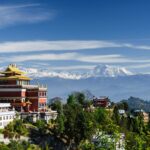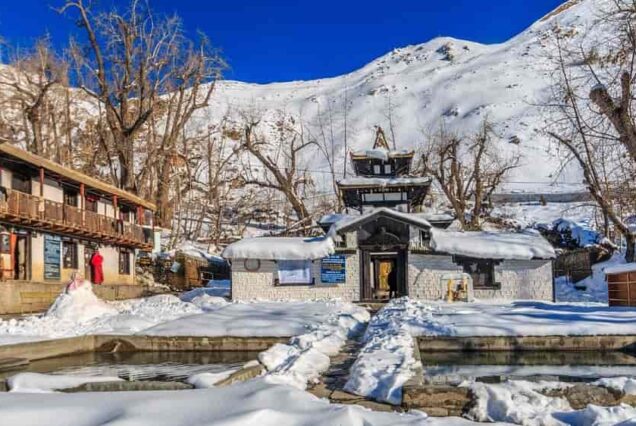

Janakpur is a city in the Dhanusa District in the Terai region of southeastern Nepal. It holds great cultural and religious significance as it is believed to be the birthplace of Sita, the wife of Lord Rama, according to the Hindu epic Ramayana. Here are some key features of Janakpur:
- Janaki Mandir (Janakpur Temple): The Janaki Mandir is a major religious and architectural landmark in Janakpur. It is a Hindu temple dedicated to Goddess Sita and is said to be located at the spot where Sita was born. The temple is a blend of Mughal and Rajput architecture and is an important pilgrimage site.
- Ram Sita Vivah Mandap: This is a sacred site where, according to Hindu mythology, Lord Rama and Sita were married. The marriage ceremony of Ram and Sita is reenacted annually during the Vivah Panchami festival, drawing pilgrims and tourists.
- Ram Mandir: Another significant temple in Janakpur, the Ram Mandir is dedicated to Lord Rama. It is located near the Janaki Mandir and is an important religious site for devotees.
- Dhanush Sagar: Dhanush Sagar is a large pond in Janakpur, believed to be the place where King Janak found the divine bow (dhanush) during the plowing of the land, leading to the Sita Swayamvar (marriage ceremony).
- Jaleshwar Mahadev: A Shiva temple situated near the Dhanush Sagar, known for its religious importance. Pilgrims often visit this temple during festivals and religious occasions.
- Bibaha Panchami Festival: Janakpur hosts the Bibaha Panchami festival to celebrate the marriage of Lord Rama and Sita. The city attracts a large number of pilgrims and tourists during this annual event.
- Local Culture and Handicrafts: Janakpur is known for its vibrant local culture and traditional handicrafts. The city’s markets offer a variety of handwoven fabrics, pottery, and wooden crafts.
Janakpur is an important pilgrimage destination for Hindus, especially those following the Ramayana. The city’s historical and religious sites, along with its cultural vibrancy, make it a unique and significant destination in Nepal.






